Bunka
Bunka Knife (文化包丁 – pronounced: Bunka Bōchō) literally translated from Japanese means ‘Cultural Knife’. The name stems from the traditional use of making cultural and traditional Japanese cuisine at home.
The Bunka is versatile because of its similarity to the Santoku. It is regarded as a multi-use knife and is best for chopping, dicing and mincing food such as meat, fish, vegetables and herbs. The flat profile is ideal for slicing meat, fish and vegetables. The tall profile is ideal for chopping fruits, vegetables and thinly sliced meat. The pointed tip makes it superior for precision work and scoring vegetables and meat. The tip also allows for light butchering work and enables the user to get under layers of fat and sinew. The blade profile is well suited for tap-chopping or push-cutting techniques.
The length of the Bunka is generally shorter than traditional Western chef’s knives. The shorter, compacted length and thinness of the blade makes it lighter and less strenuous to handle for long periods of time. The tall, flat profile with the reverse tanto is what characteristically defines the blade from other shapes.
Best for: Meat, Fish, Herbs, Vegetables
Kitchen Samurai Ease of Use Rating: All-Rounder – Easy to use and applies to most food types






















 Or as low as
Or as low as 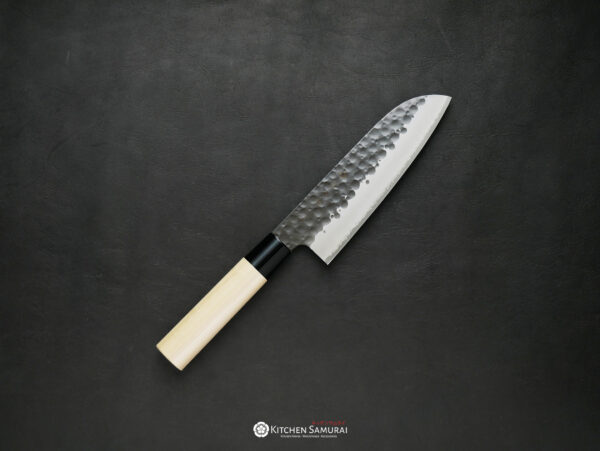
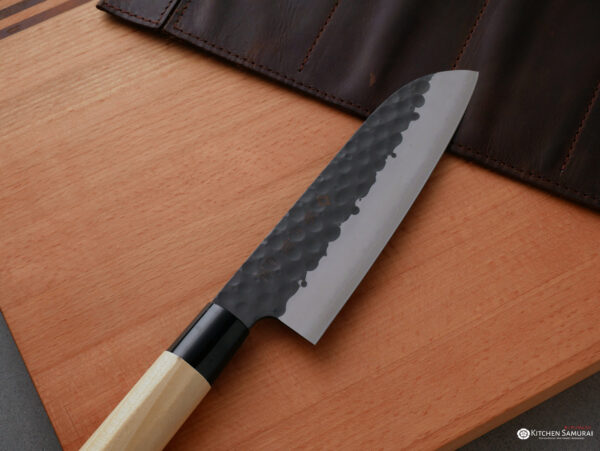
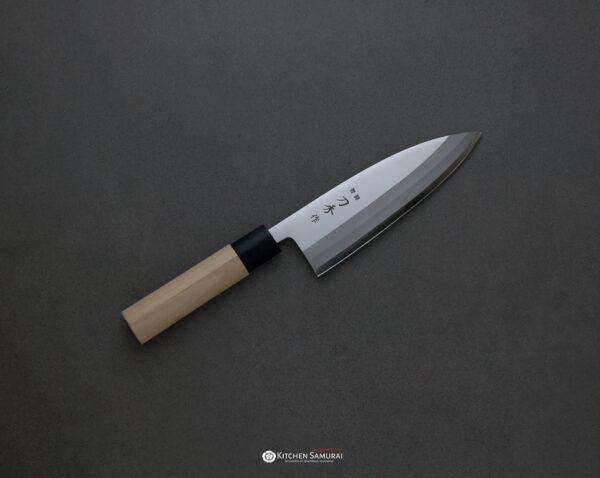



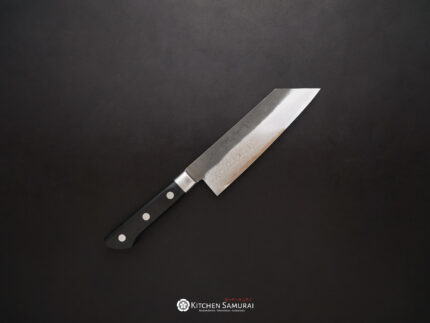
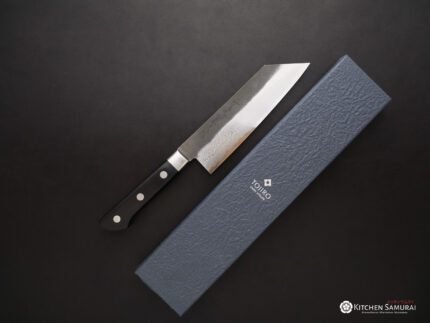


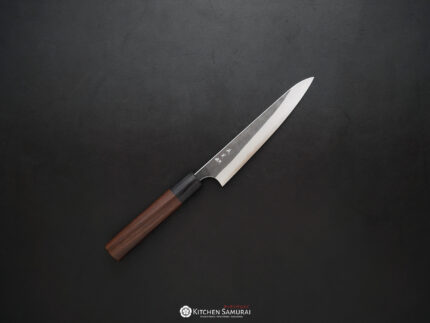
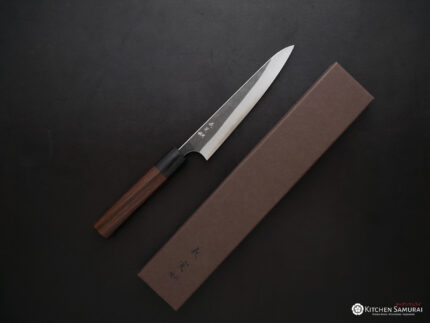
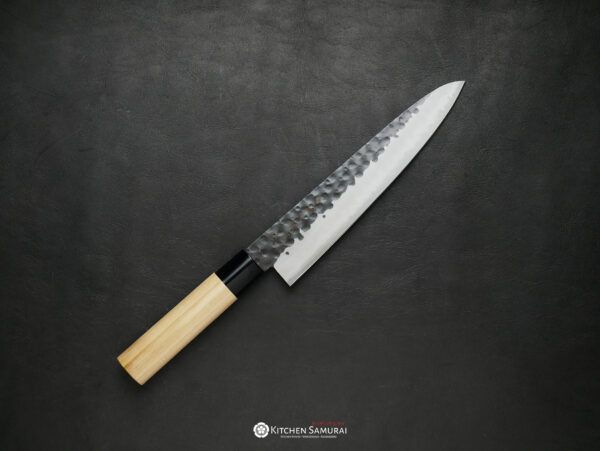
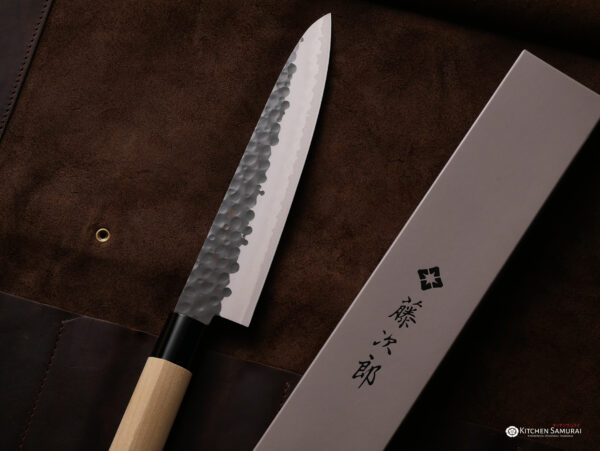
Reviews
There are no reviews yet.